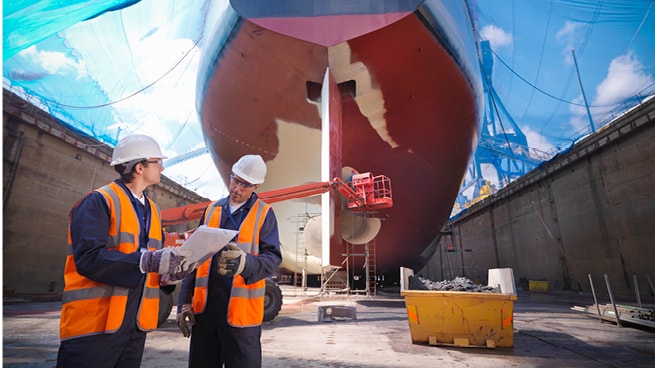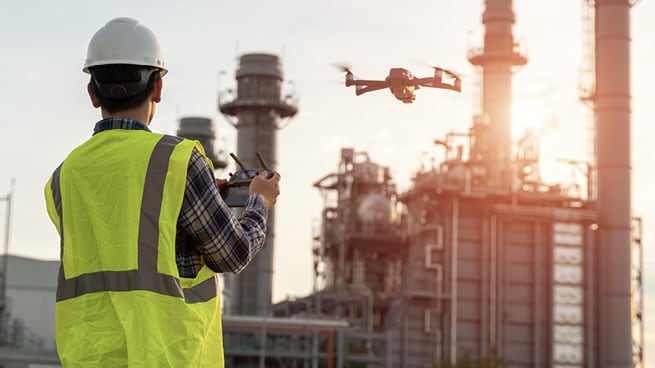
Citizens, businesses and other stakeholders are asking governments to build modern and resilient transportation systems and infrastructure that connect communities, create new economic opportunities and improve social outcomes. These stakeholders are also demanding enhanced transparency, accountability and governance measures. Governments are searching for ways to meet these rising expectations while also navigating technological disruption, new security requirements and budget constraints.
We’re helping organizations look at these challenges from a new angle—one that combines human ingenuity with technology to deliver infrastructure projects and mobility systems that are fit for purpose.

Helping to shape the future of transportation and infrastructure
We’re helping organizations deliver modern, sustainable, resilient and inclusive infrastructure projects in a world where uncertainty is the new norm. We understand your organization’s unique challenges and are ready to help you mitigate risks, navigate disruption and deliver the outcomes that matter most to your stakeholders.
Our cross-disciplinary community of solvers includes engineers, risk and assurance professionals and technology specialists applying leading practices both from within Canada and across our global network. We combine this deep industry and functional expertise with technology to help you at each stage of the project lifecycle, from ideation, planning and design through to developing processes to build, operate and maintain assets. Along the way, we can also pinpoint digital transformation opportunities to help you draw better insights from data, operate more efficiently and enhance user experiences.
How can we help
Governments are under pressure to reduce capital projects costs and risks. New and innovative technologies can help public-sector organizations achieve their desired outcomes. We help organizations accelerate their adoption of new and innovative technologies that generate cost savings, de-risk investments and create operational efficiencies.
- Digital twin: Building infrastructure digitally first lets government and public-sector organizations simulate critical or cost-intensive steps. This creates new opportunities for data-informed scenario planning and option analysis.
- Artificial intelligence: As generative artificial intelligence (GenAI) technologies create seemingly endless possible use cases, organizations need a strategic approach to pinpoint the highest-value opportunities. In some cases, taking advantage of these opportunities will require new foundations, such as a modern data architecture. And organizations will need to embed responsibility in all GenAI development and deployment activities to augment existing risk controls and prevent misuse.
- Drones: Organizations can increase workplace safety, reduce labour costs and accelerate preventative maintenance by using intelligent drones to rapidly inspect and scope various assets

We help organizations streamline and improve their operational processes, adopt front-end and back-office technologies and strengthen data governance and analytics.
- Process reengineering: Analyze and redesign business processes to increase operational efficiency, reduce costs and drive better business outcomes.
- Technology strategy and transformation: Help select and implement advanced technology solutions, such as enterprise resource planning (ERP) systems, automation tools and data analytics platforms.
- Data strategy, governance and analytics: Develop data strategies, strengthen data governance processes and extract insights from data analytics and business intelligence tools to enable better decision making.

Constrained budgets, a tight labour market and supply chain disruptions are increasing the need for better governance and accountability on capital projects. We help government organizations build and implement better governance processes, establish and manage project management processes and provide project oversight.
- Capital projects governance: Develop and implement governance processes that encourage better collaboration and enforce accountability.
- Project health checks: Conduct stage gate reviews across the project lifecycle to identify risks and provide pragmatic recommendations to steering committees to minimize the risk of cost overruns, scheduling delays and reputational damage.
- Project management office (PMO): Establish and manage the PMO for large-scale capital projects to improve project performance, reduce risk and enhance reporting.

Related content


Let’s ignite Canada’s next era of economic growth
How government leaders can boldly advance Canada’s prosperity.

How a Resilient Transformation Model (RTM) can power the shift toward digital government
Building transformation resilience by keeping the transformation process moving, with the user at the core.

Cutting through the noise: A strategic approach to generative AI
Cutting through the noise: A strategic approach to generative AI
Contact us





© 2018 - 2026 PwC. All rights reserved. PwC refers to the PwC network and/or one or more of its member firms, each of which is a separate legal entity. Please see www.pwc.com/structure for further details.












